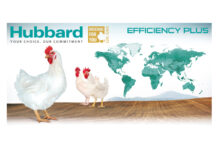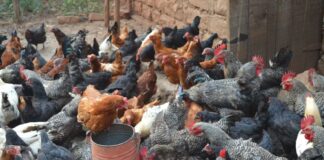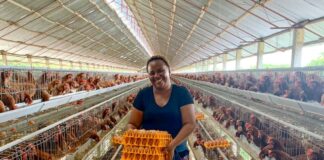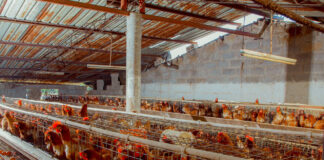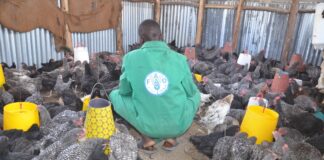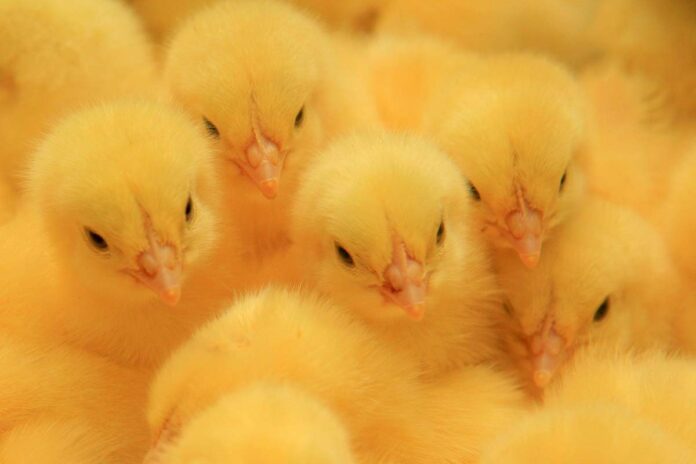
In modern poultry production, the first hours of a chick’s life are critical. Yet, due to the natural spread of hatching over 24 to 36 hours, not all chicks emerge from the shell at the same time. This delay, combined with the time spent handling and transporting the birds, results in many chicks experiencing an extended fasting period before they reach the farm. This delay in access to feed and water can significantly impact their health, survival, and long-term performance.

To counter this challenge, a practical and effective solution is emerging: spraying chicks with a gelled nutritional complex directly at the hatchery.
Why Early Feeding Matters
Although newly hatched chicks can draw on yolk sac reserves, research shows that a lack of water and nutrients in the first 72 hours has lasting negative effects. Chicks that endure long fasting periods tend to struggle more when adapting to their environment at the farm, especially when it comes to finding and consuming feed and water. This increases early mortality rates and can lead to poorer flock performance overall.
How the Nutritional Gel Works
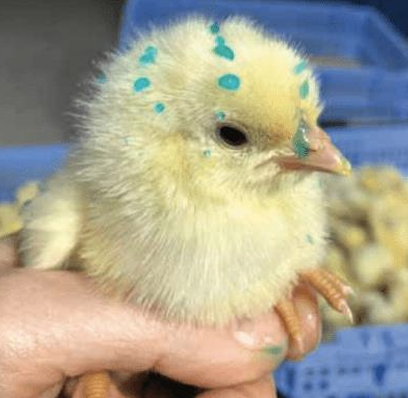
The approach involves applying a specially formulated gel to chicks in the hatchery, immediately after standard handling procedures. This gel contains essential nutrients—vitamins, minerals, highly digestible amino acids, and prebiotics—to support early development.
Delivered through a specialized spraying system, the gel is applied in small droplets designed to adhere to the chicks’ feathers without wetting them or causing discomfort. Chicks ingest the gel naturally through pecking, thanks to its appealing texture and visual cues.
This early intervention helps:
-
Reduce the negative effects of prolonged fasting
-
Support gut and immune system development
-
Improve chick vitality and uniformity within the batch
Proven Welfare Benefits
In addition to supporting nutrition, this method also improves chick welfare. Studies using bioacoustic monitoring found that chicks receiving the gel demonstrated lower stress levels, as indicated by a 7.36% decrease in vocalization frequency and a 13.88% reduction in repetitive calls compared to those without early nutrition.
These improvements suggest not only better comfort in the hatchery, but also a stronger start once chicks arrive at the farm.

Conclusion
Spraying a gelled nutritional complex at the hatchery is a simple, effective practice that helps bridge the nutritional gap between hatching and farm arrival. By addressing the challenges of early fasting, producers can improve chick welfare, reduce early mortality, and lay the groundwork for better flock performance.
Source:
BroilerNet Factsheet AH2-C2-4 – Spraying a Gelled Nutritional Complex on Chicks at the Hatchery
Authors: Institute of Agrifood Research and Technology (IRTA), Federació Avícola Catalana (FAC)
Available at: broilernet.eu




